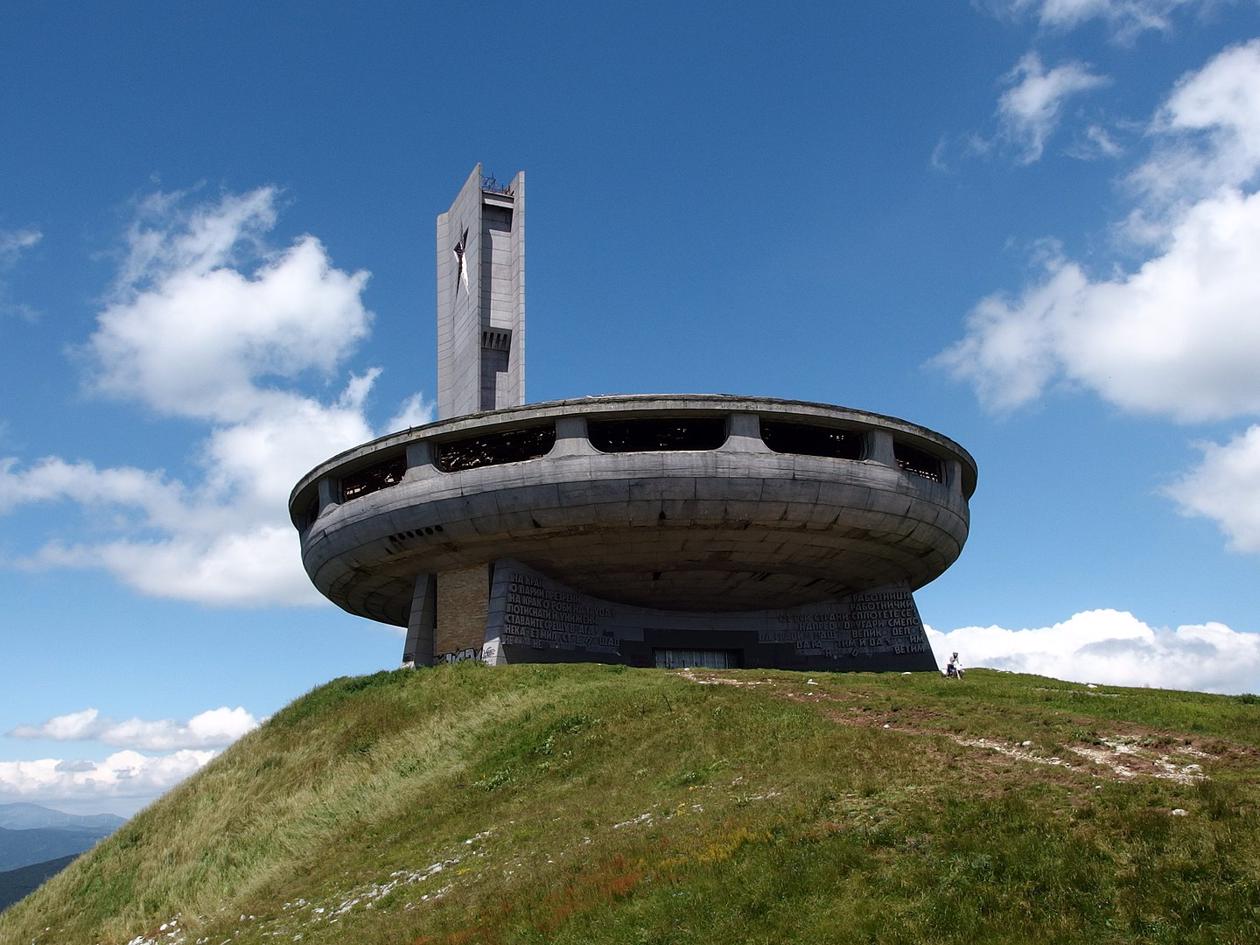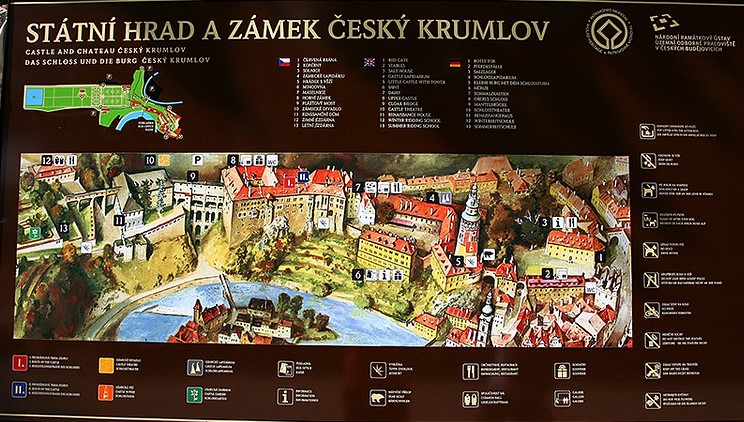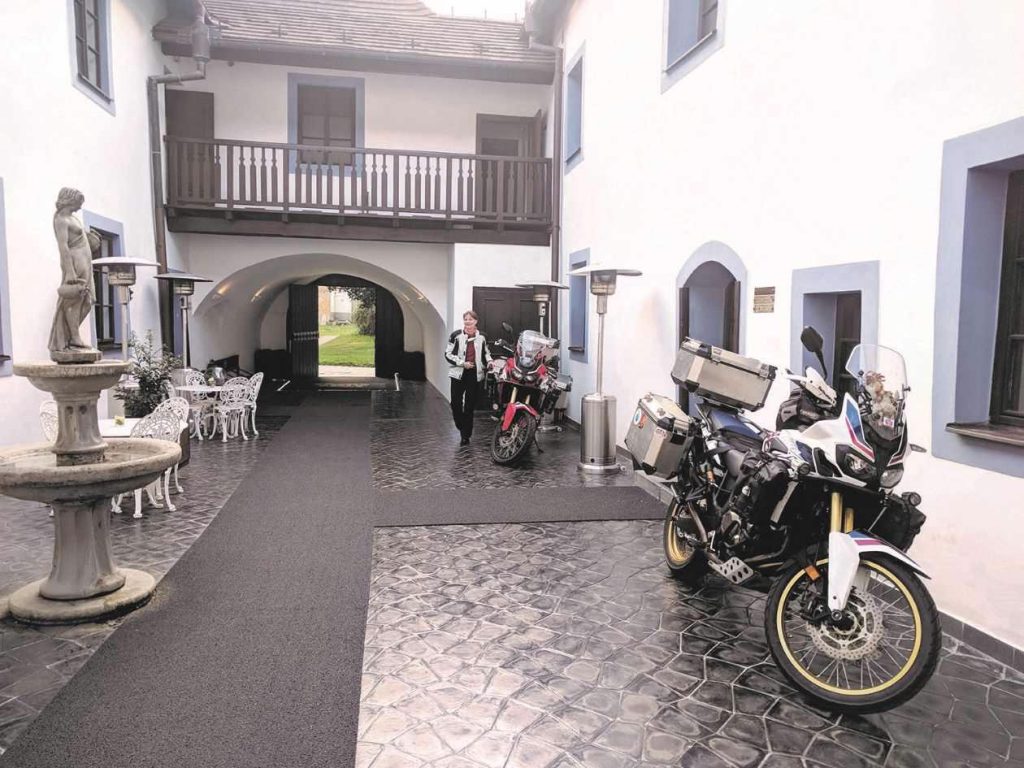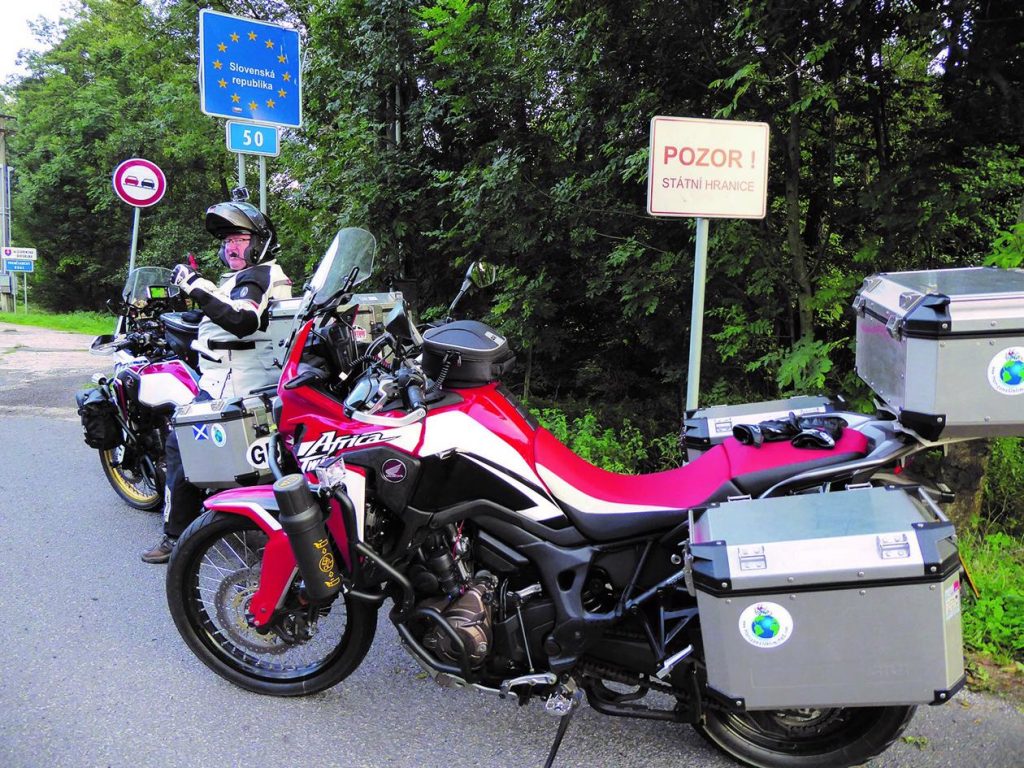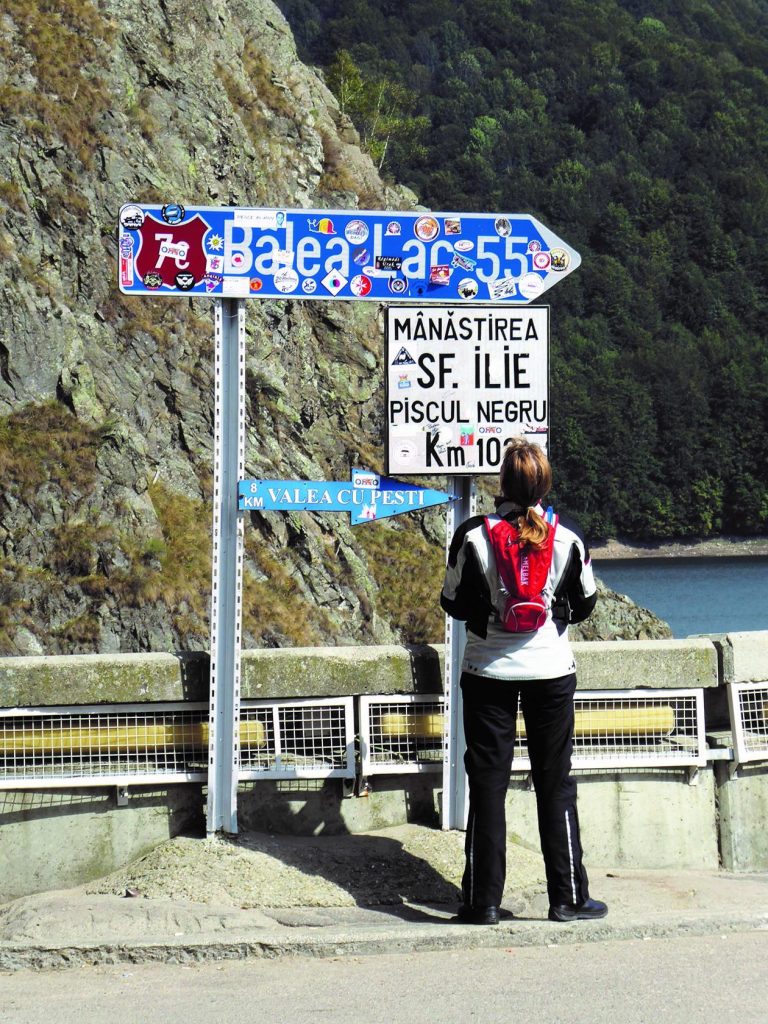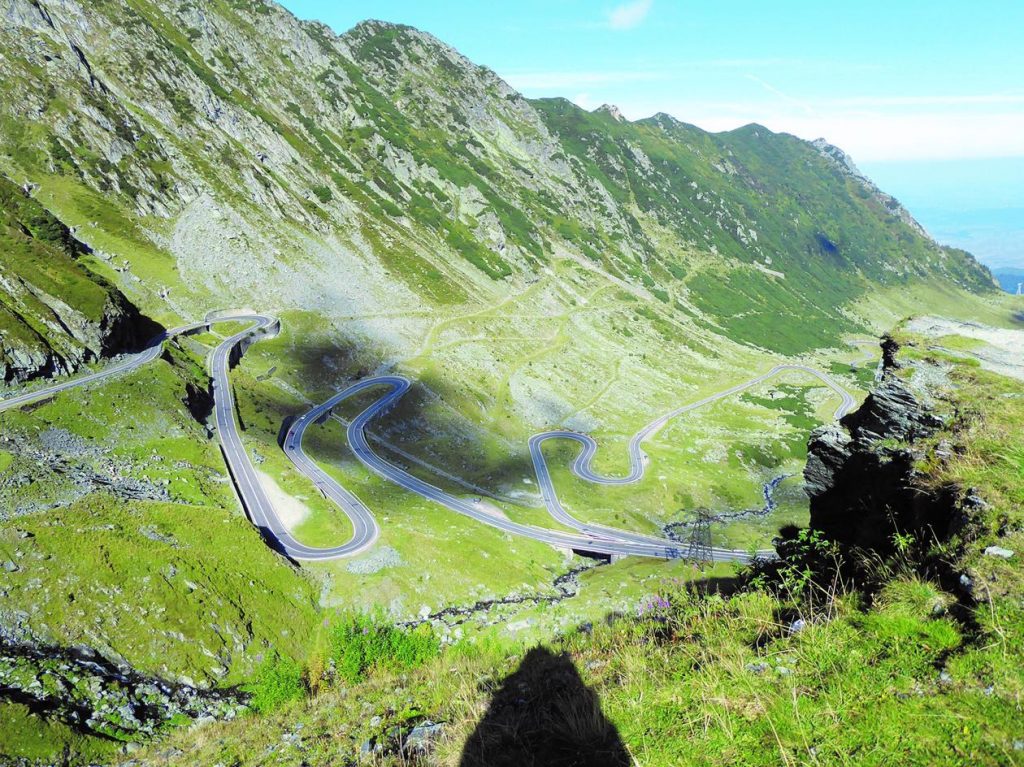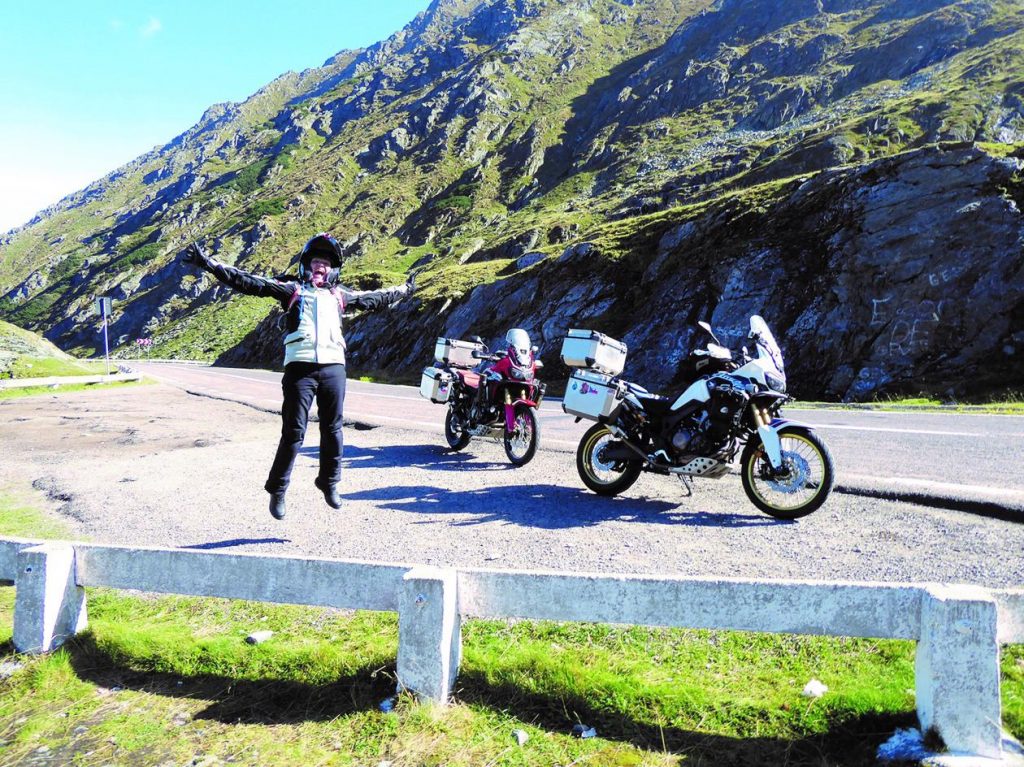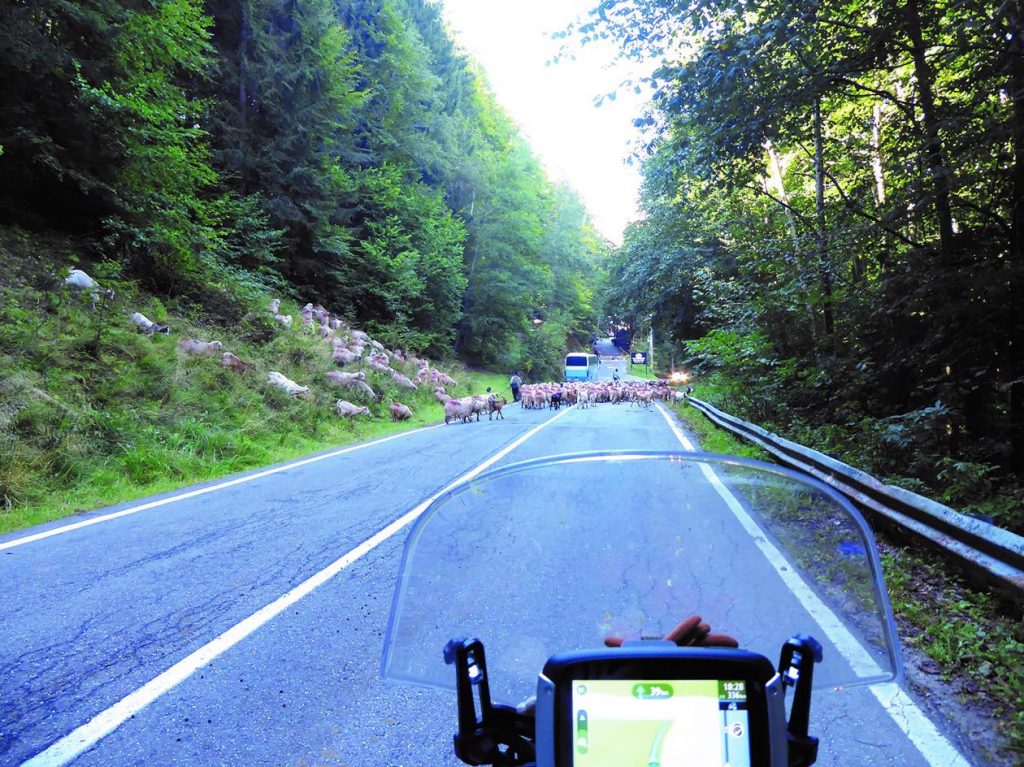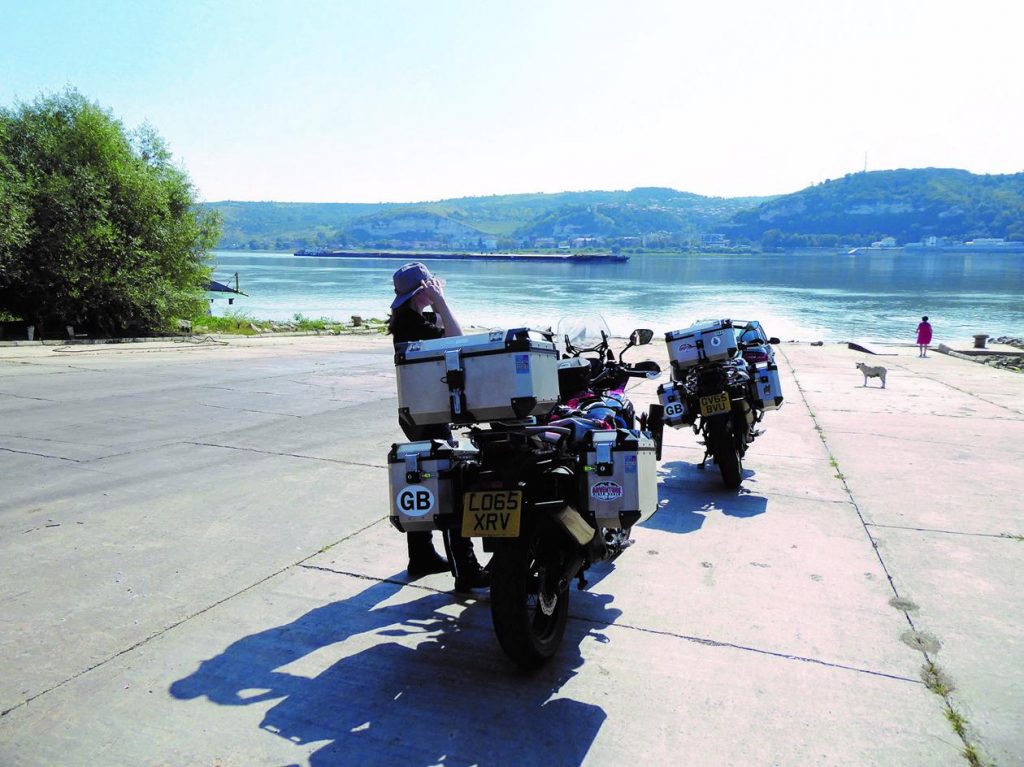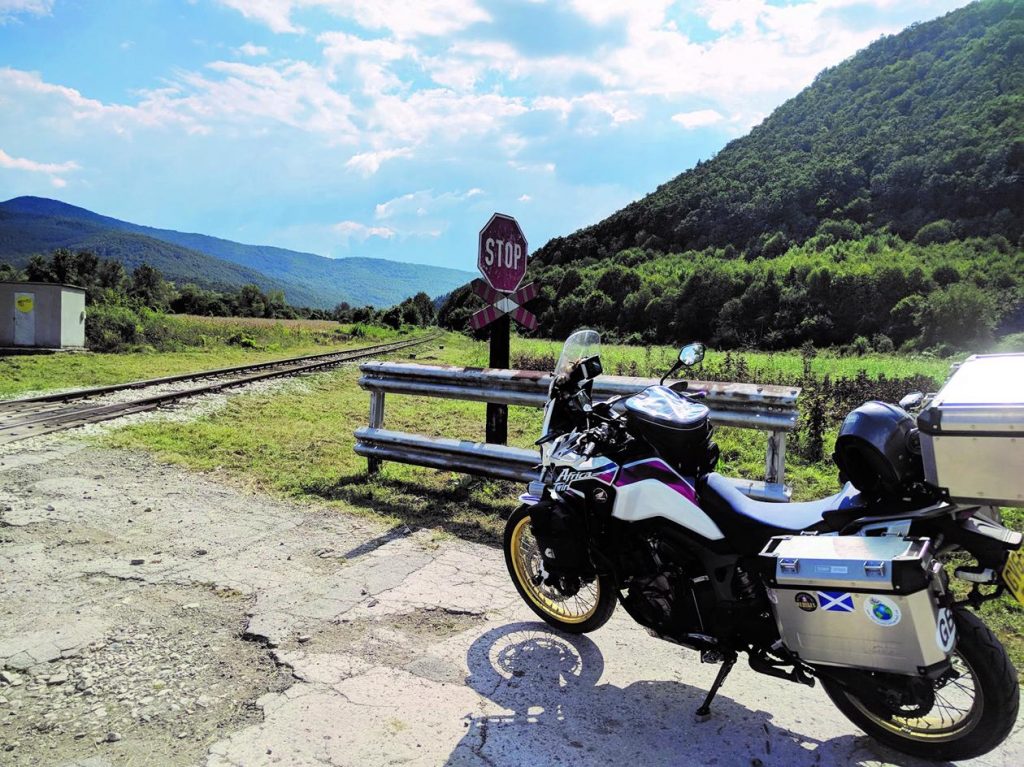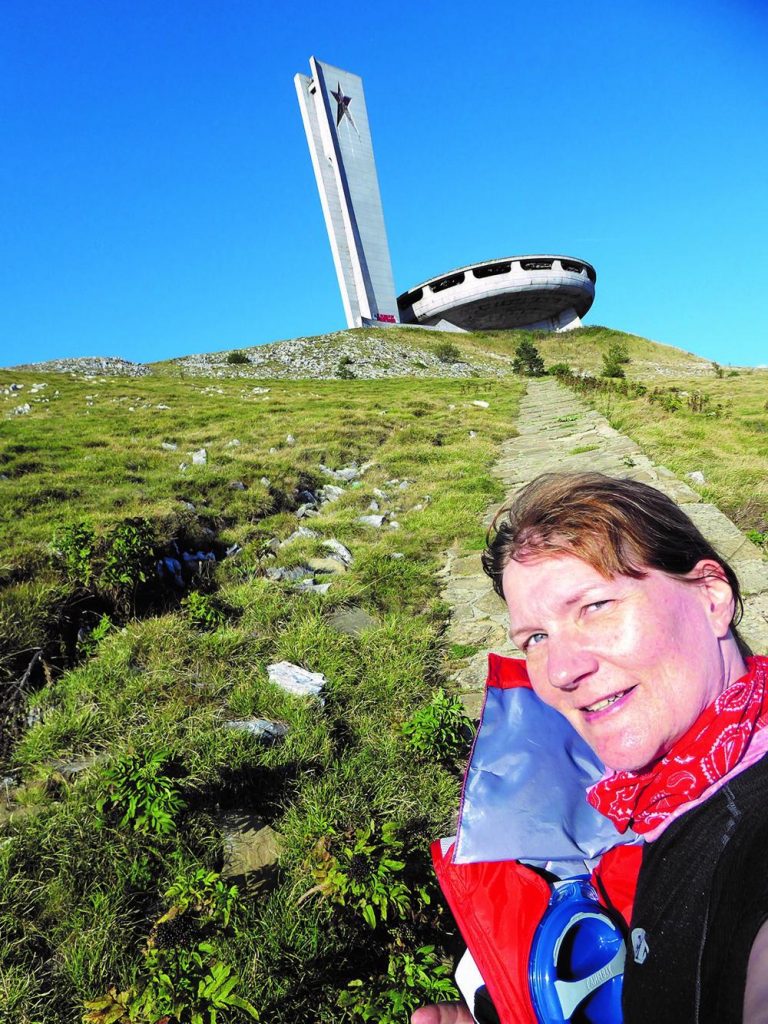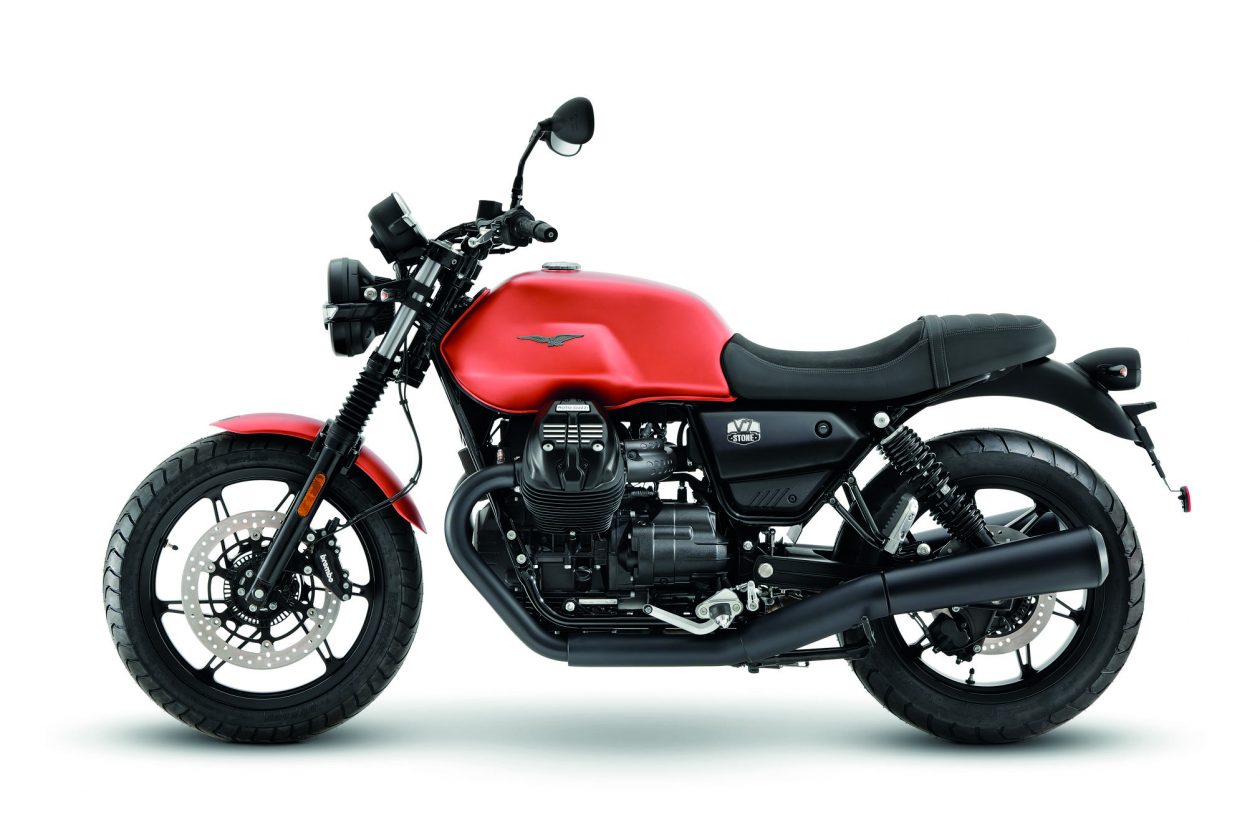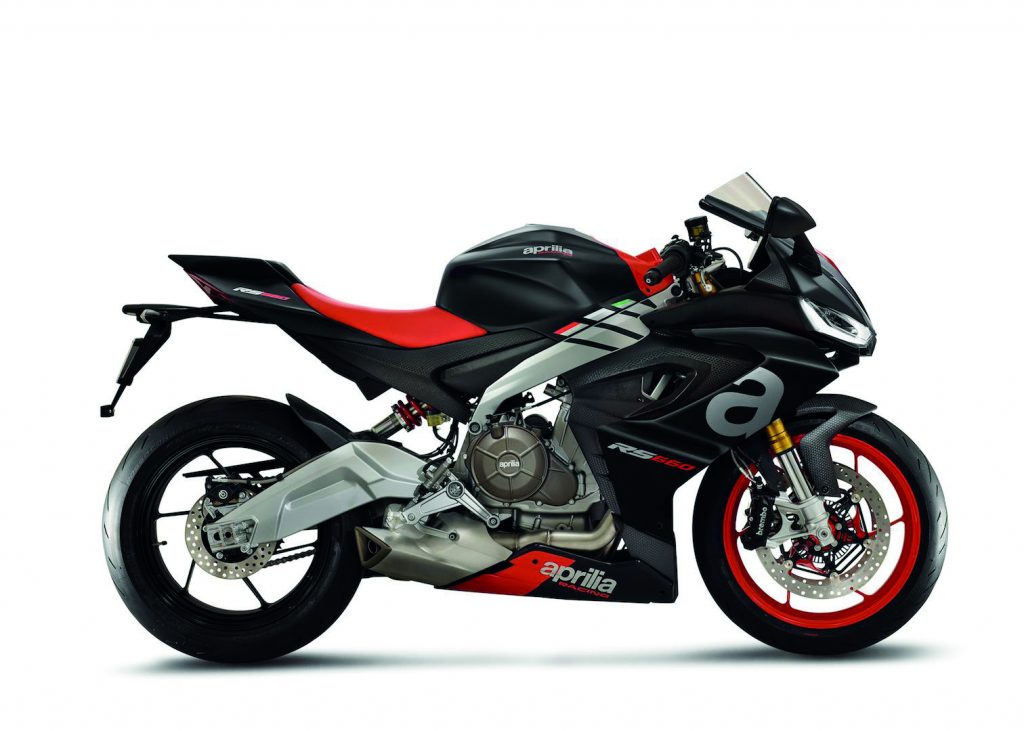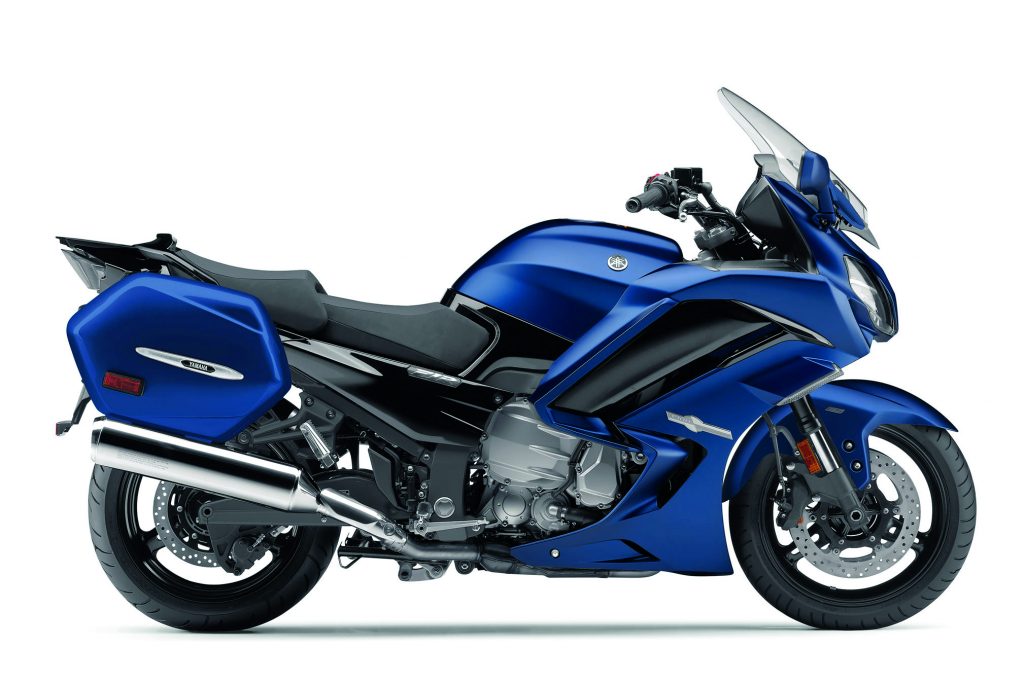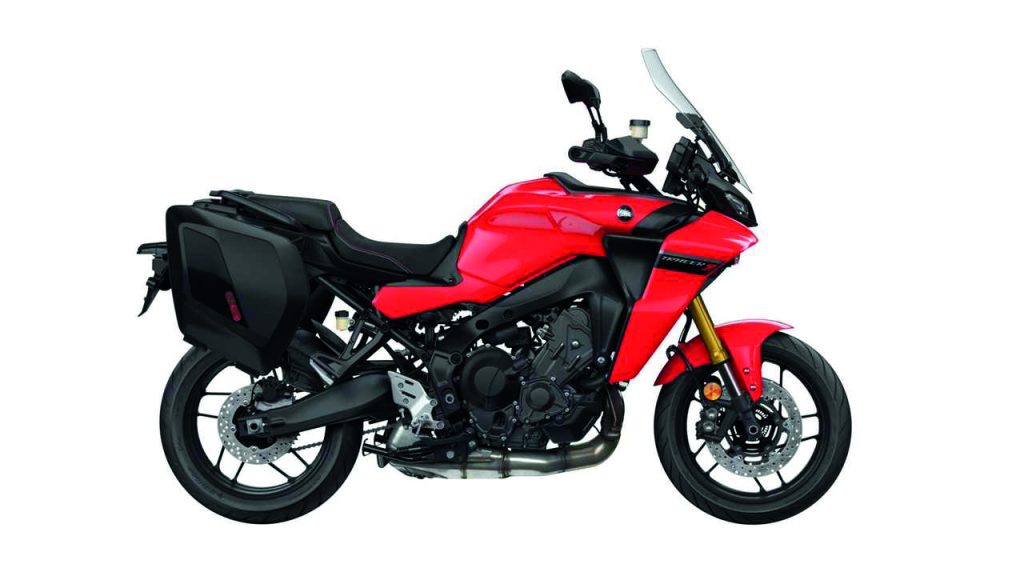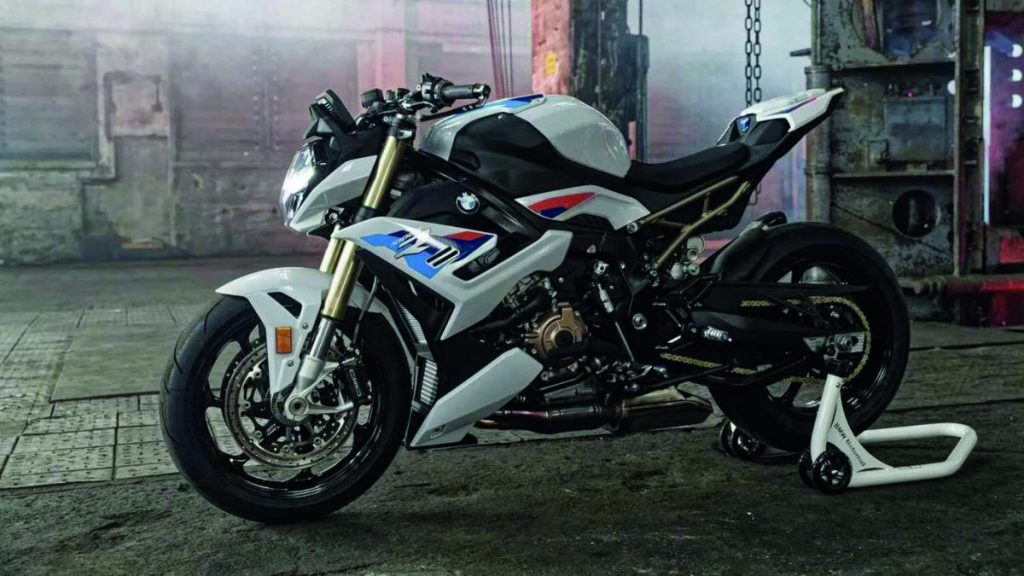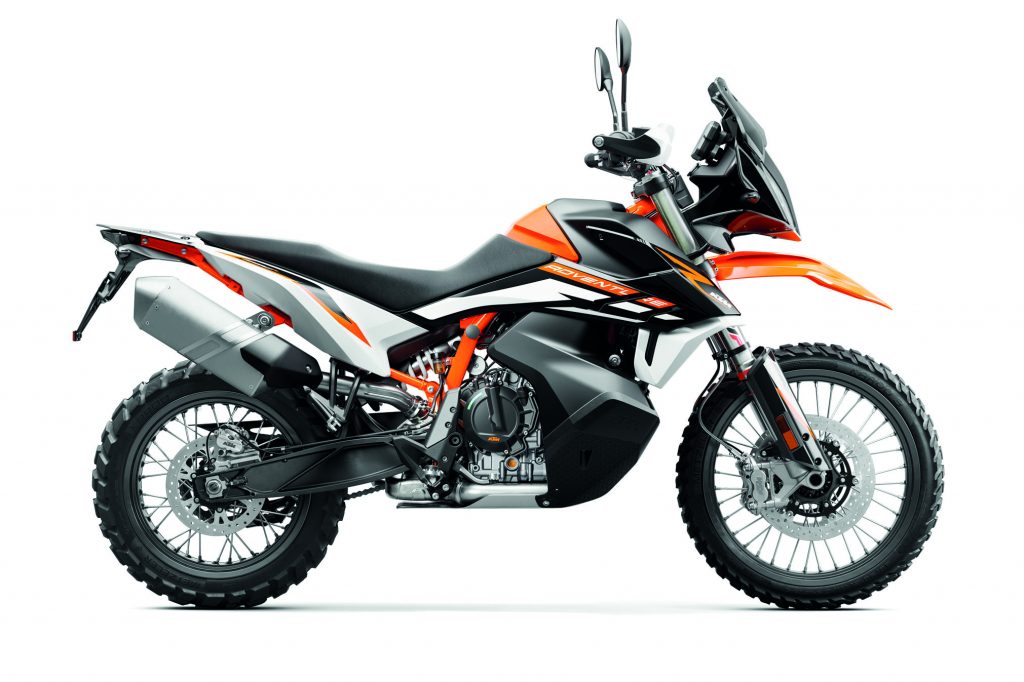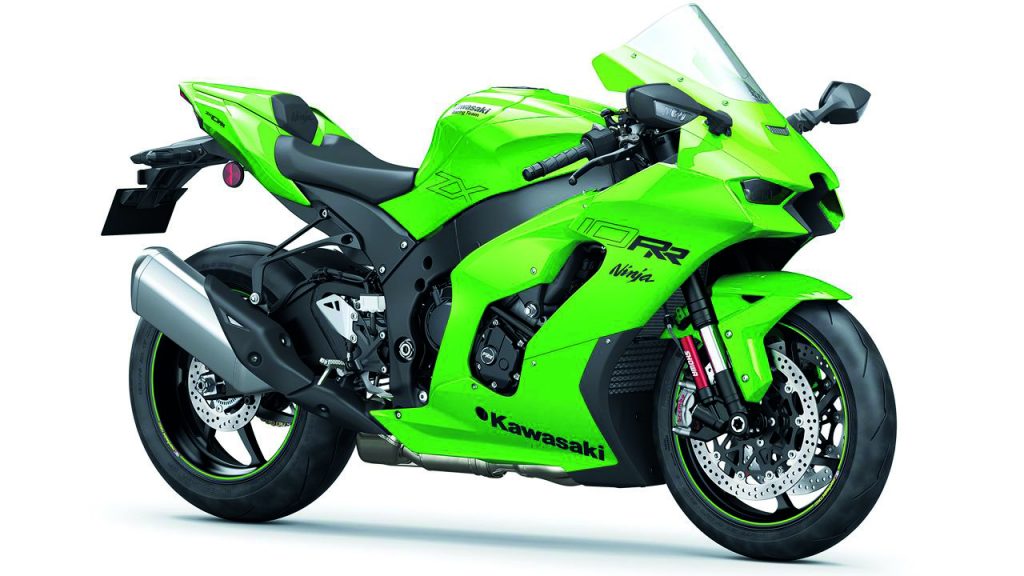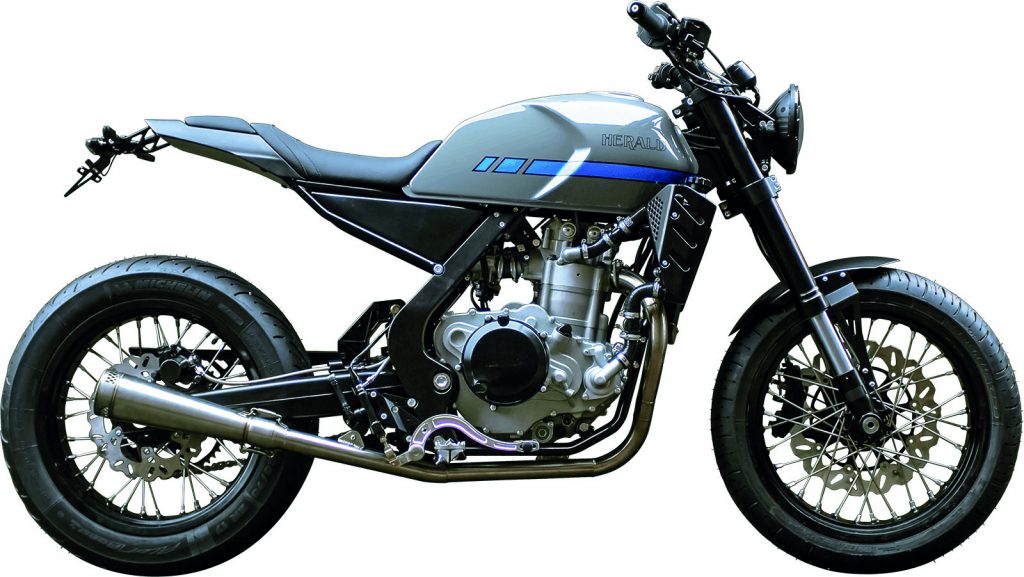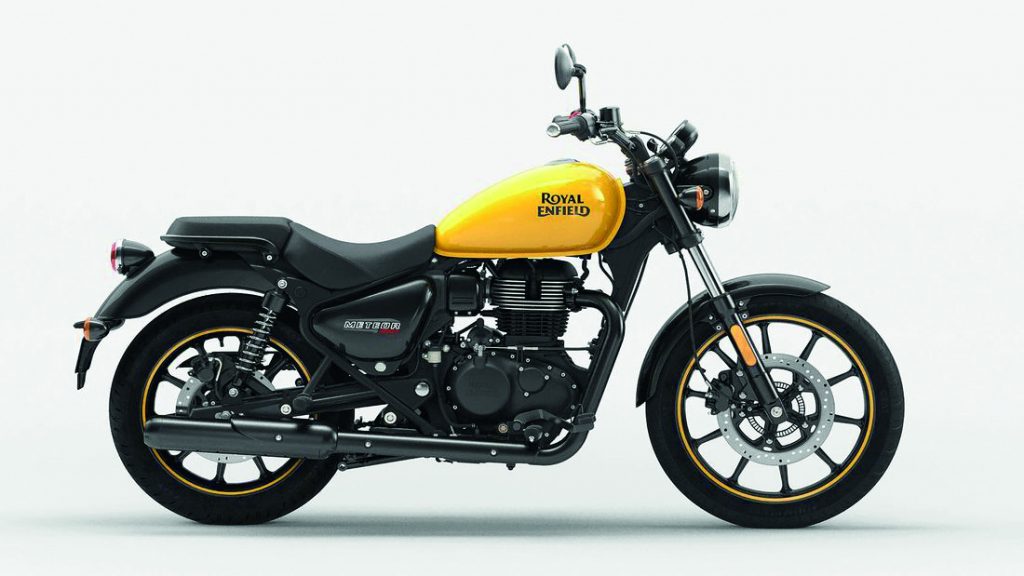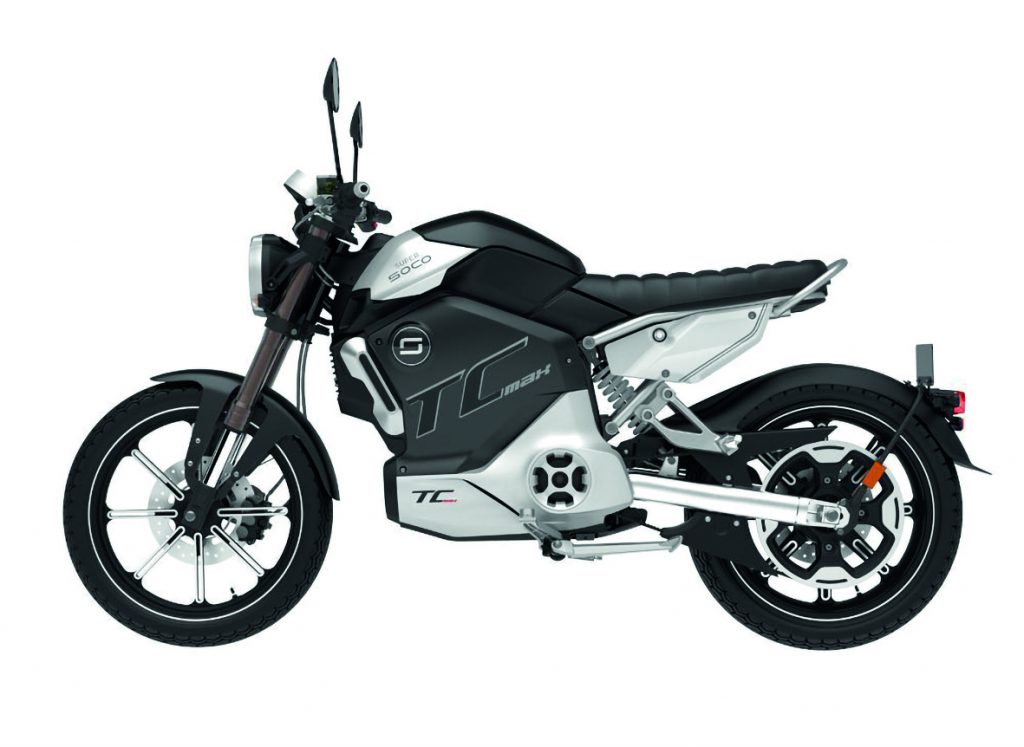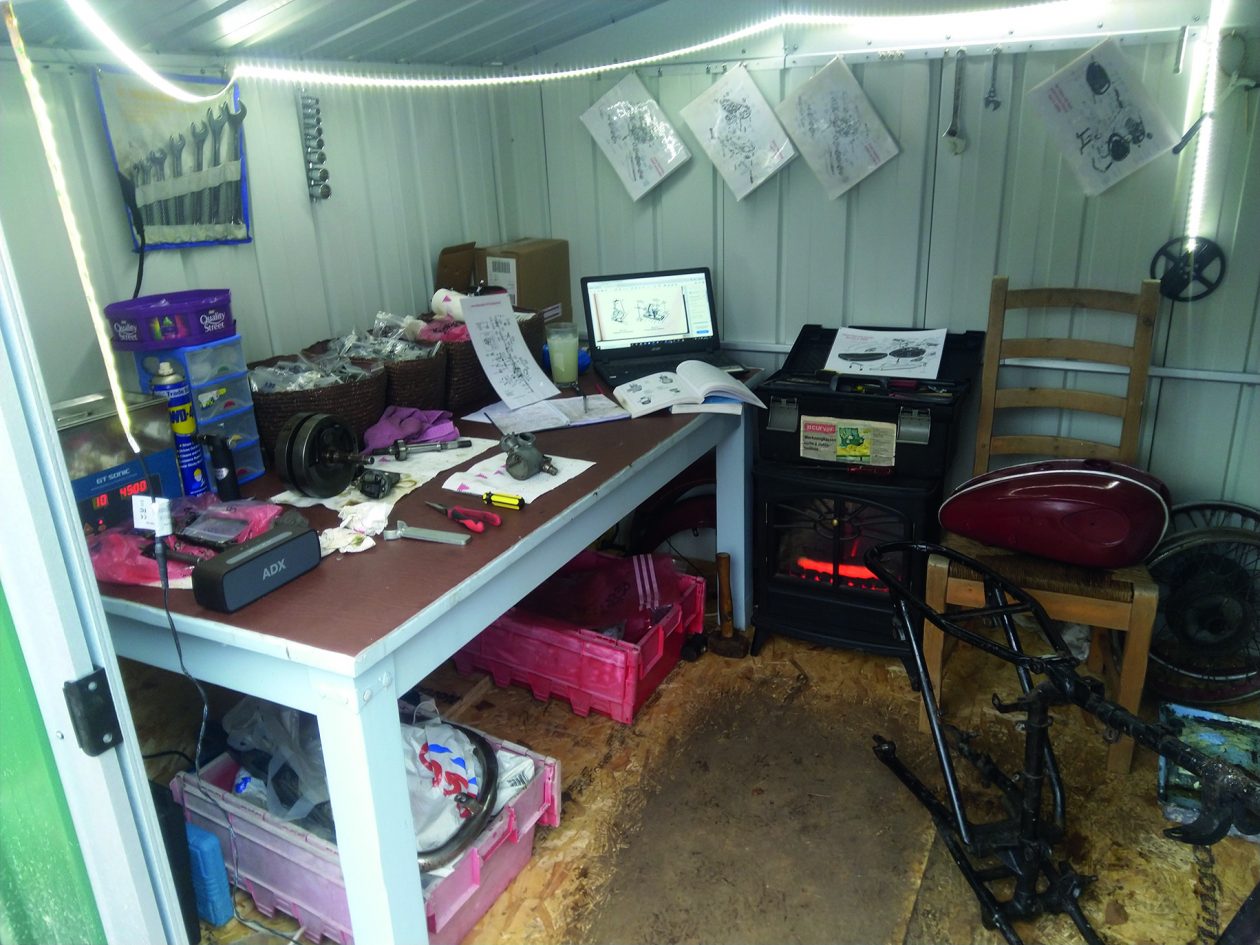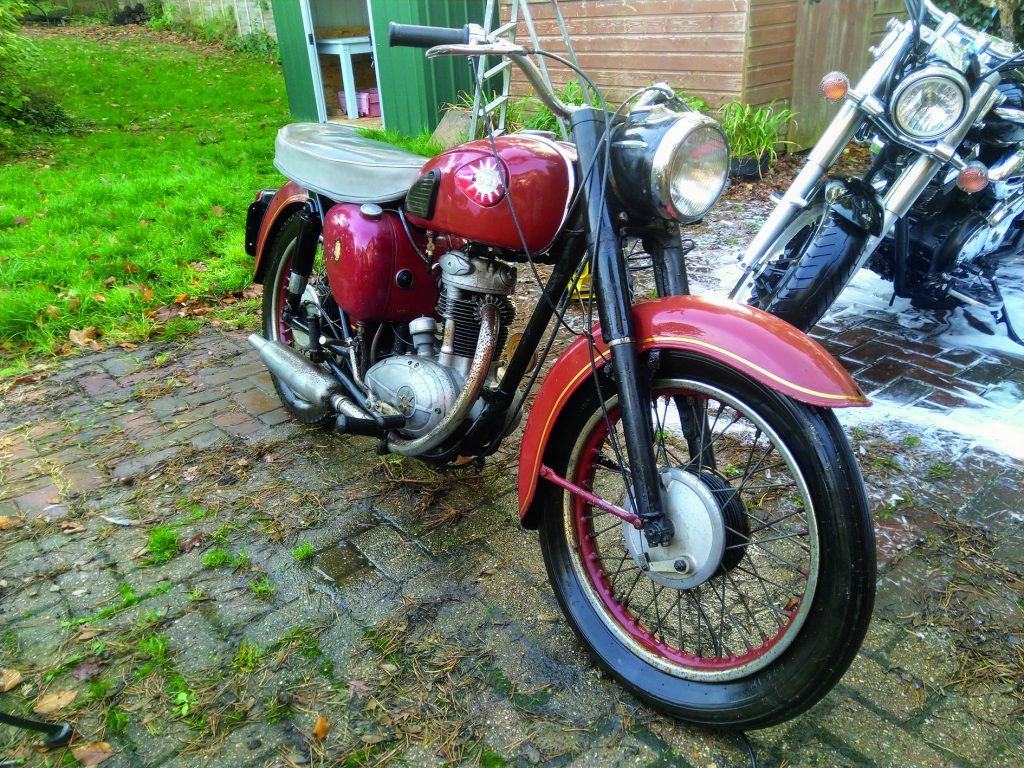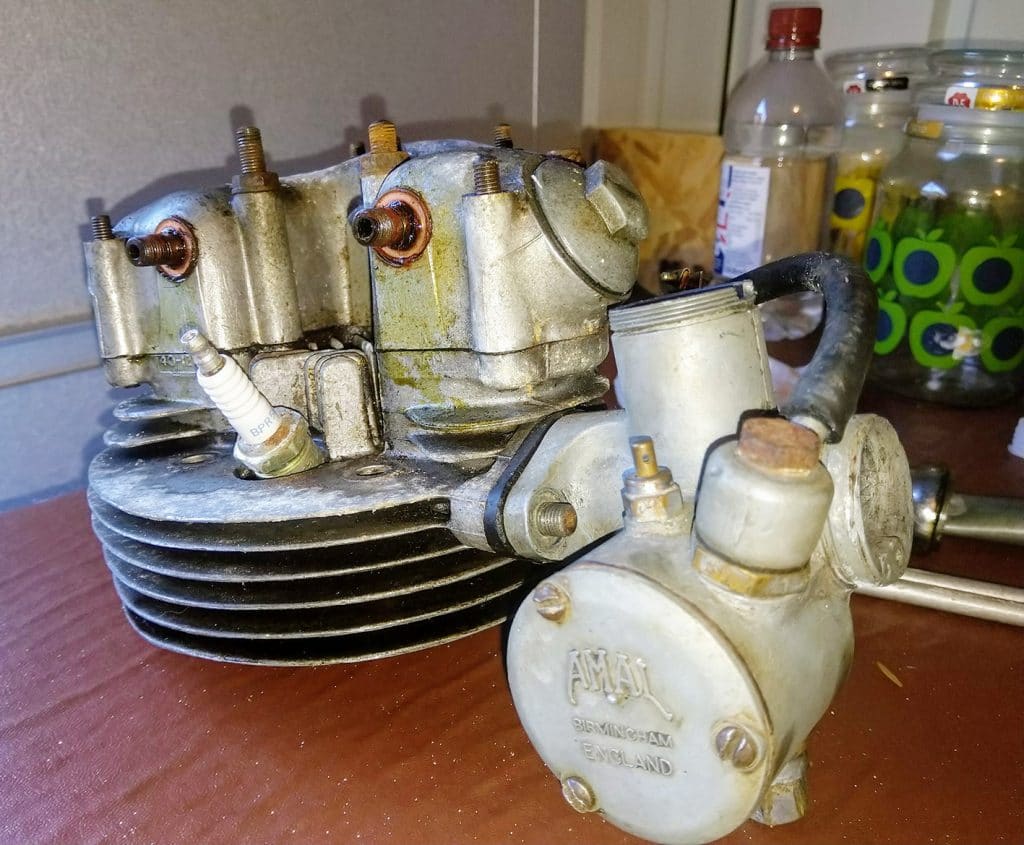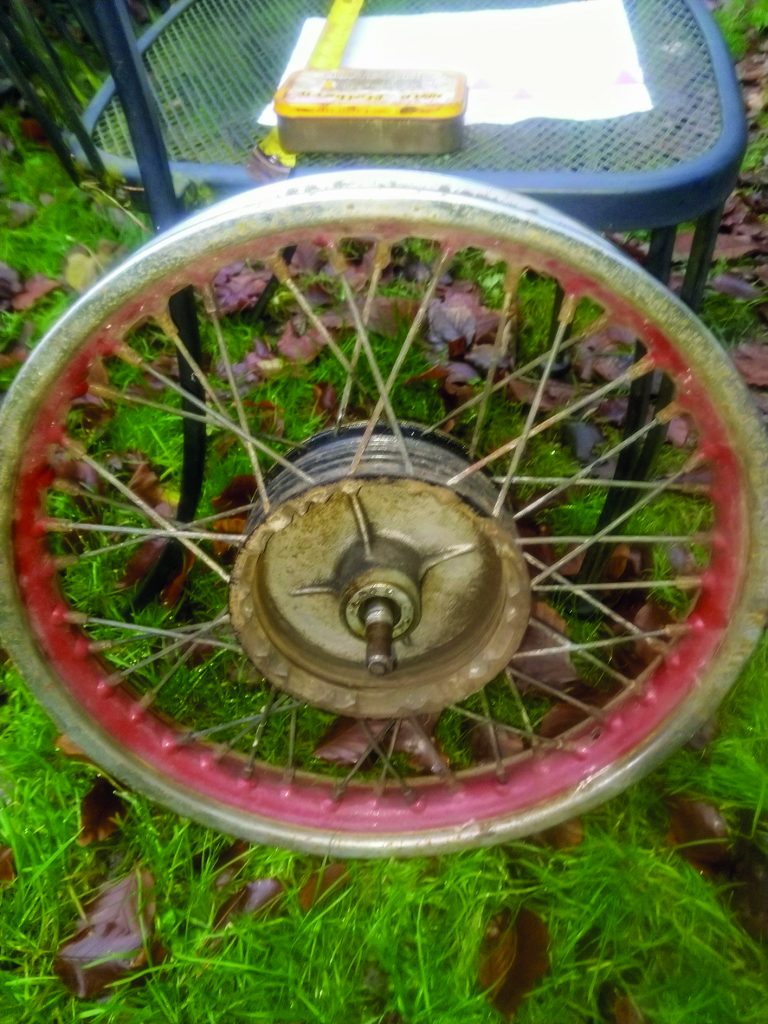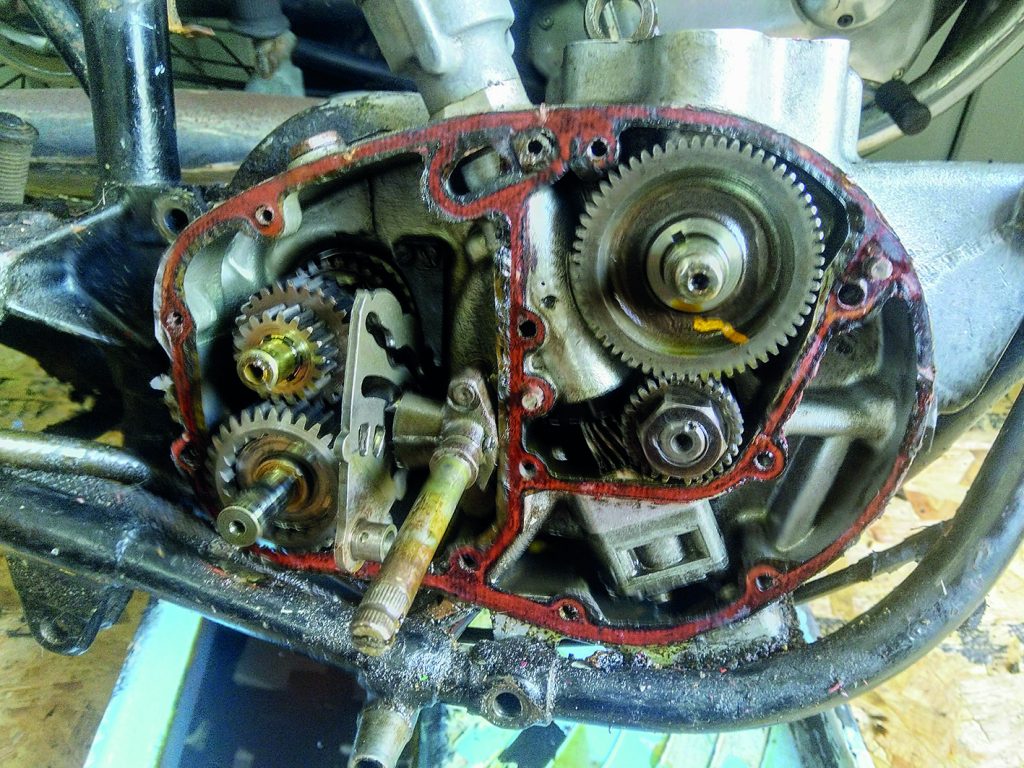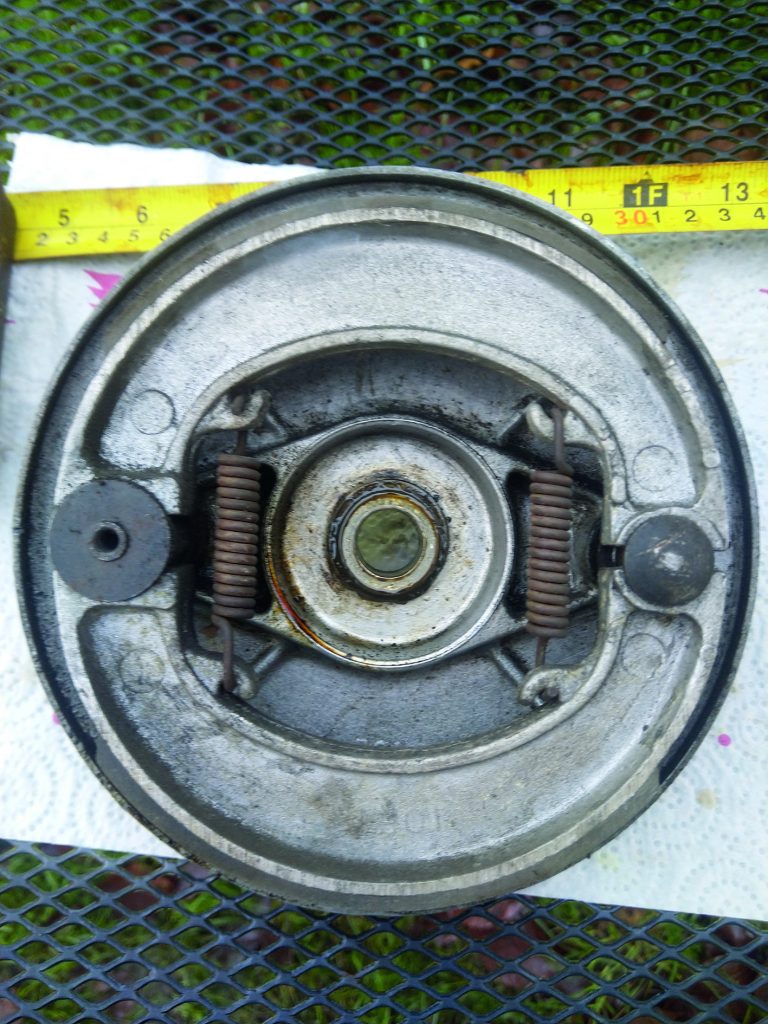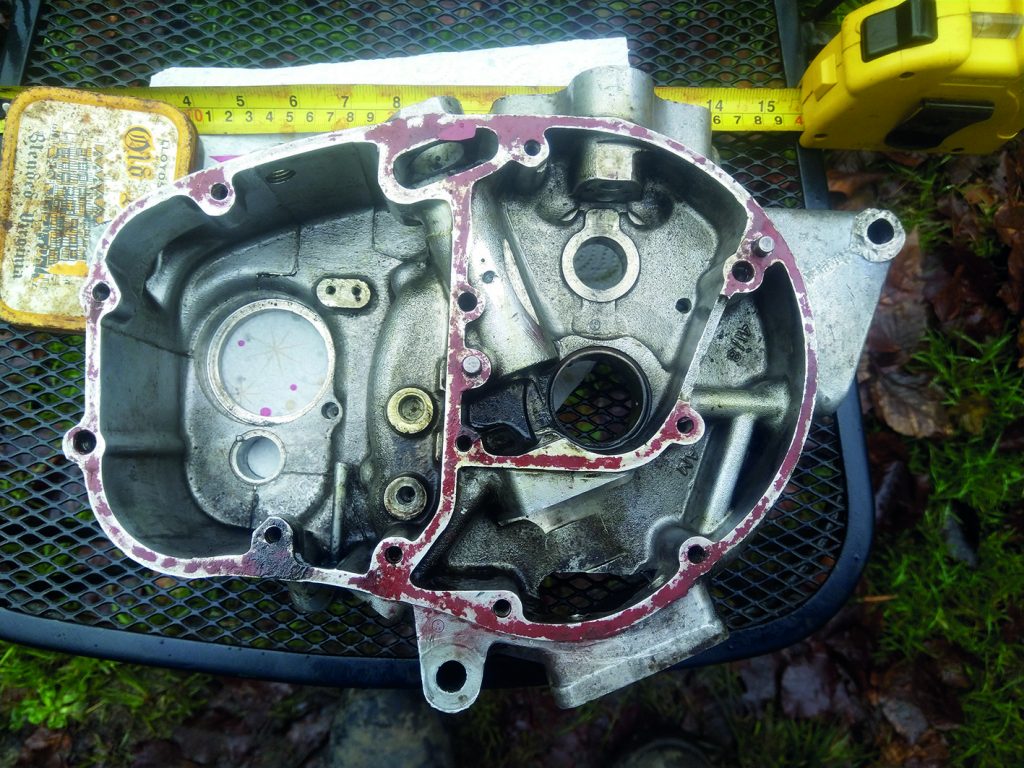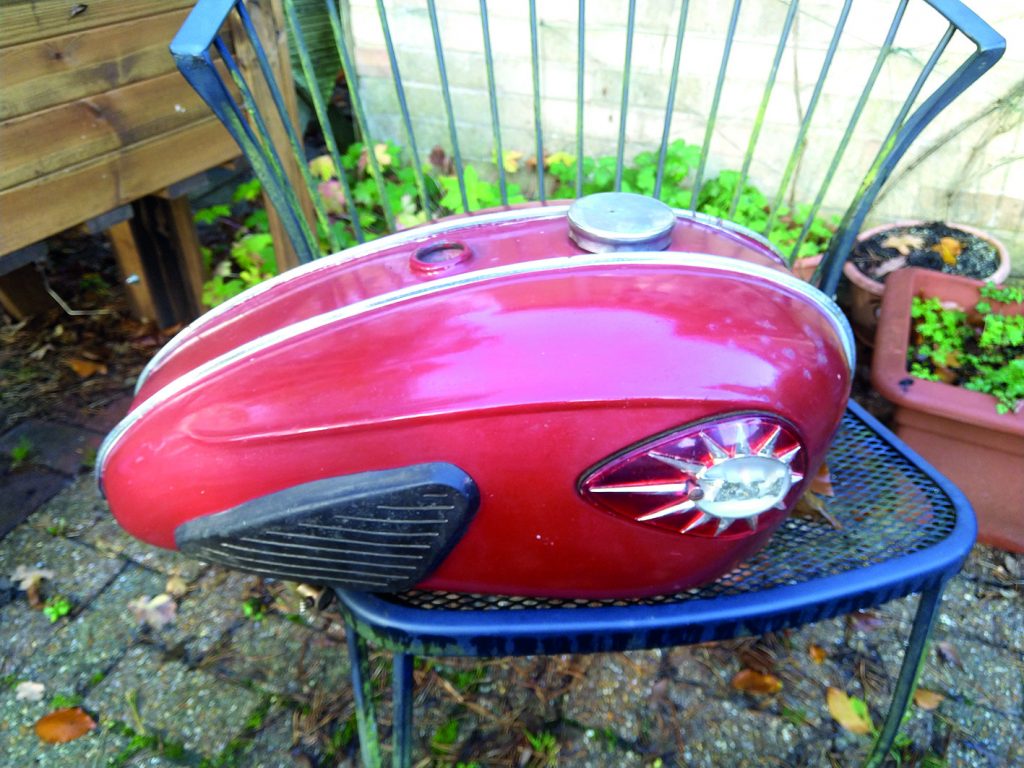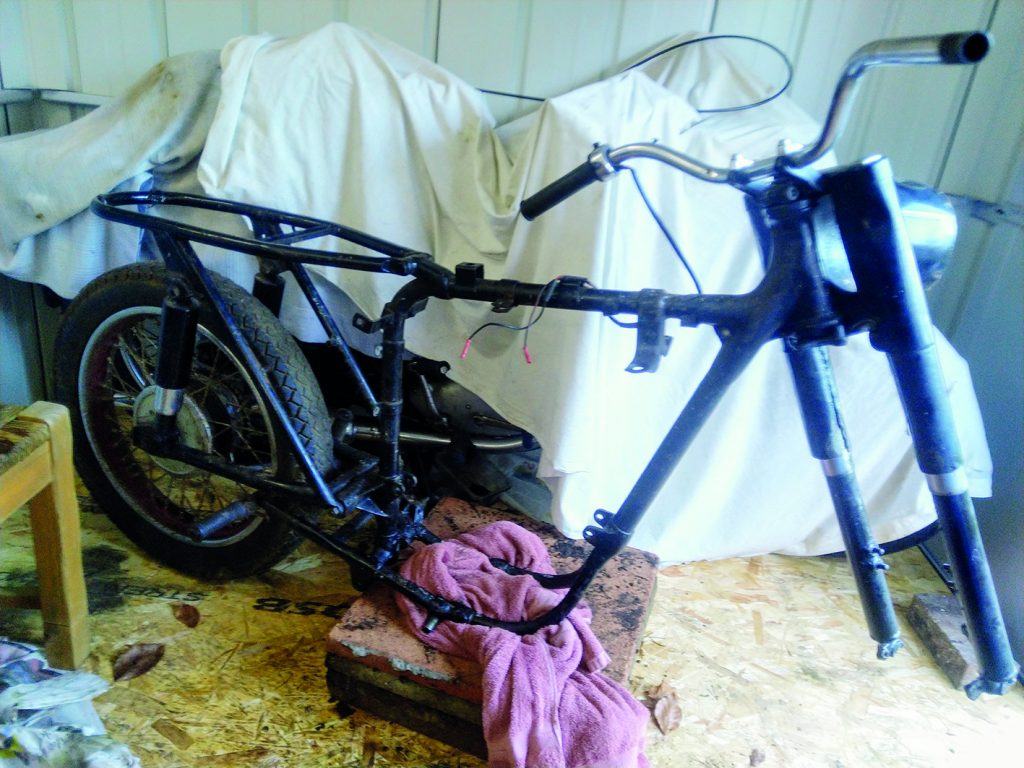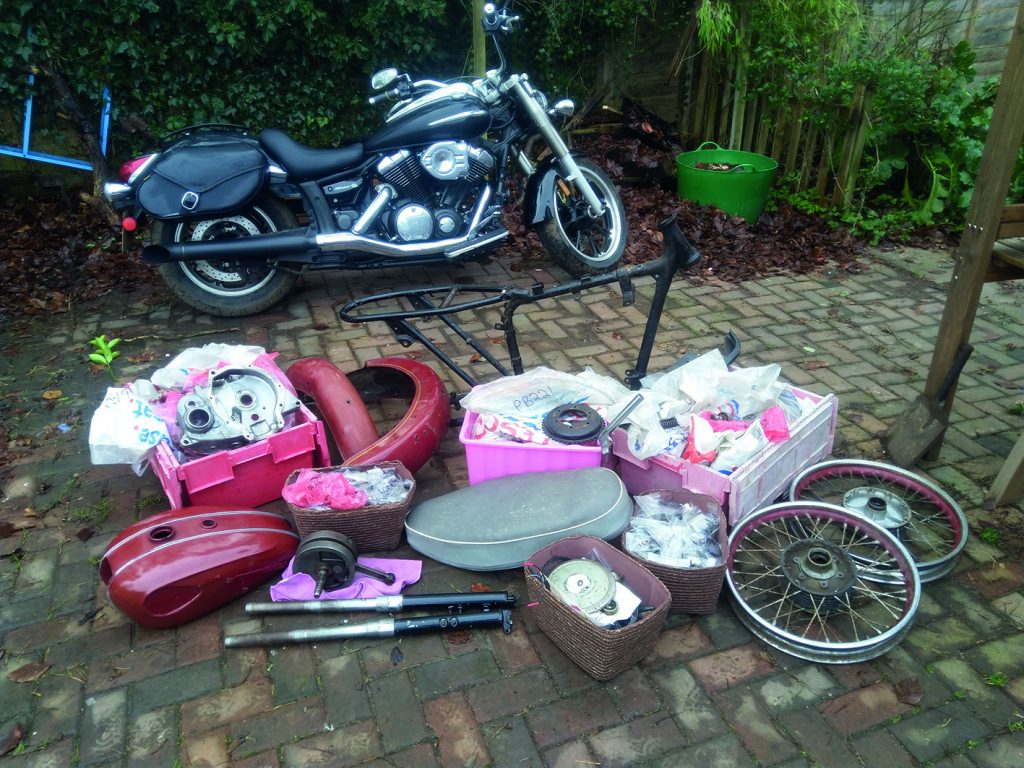It was dusk when we rode into Idilevo after a long day’s ride which had started in Romania. There were no street lights or signs so I was relying on the satnav to guide me through the small lanes. I followed the instruction to turn left up a farm track, made up mainly of stones embedded in the soil. A left then a right at the end, up another much steeper track. At the top an open gate, the satnav directing me to hug the stone wall beyond, the stones having run out leaving a muddy track. I paused thinking if my road tyres couldn’t grip I’d be stuck with 250kg of Africa Twin to turn around. A call from behind me, “That’s not the way to Motocamp.” I turned to see a man sitting on a small scrambler bike, shorts and t-shirt, no helmet. As he turned and headed back down the hill, I followed.
How it all came about
Over the last few years my fiancée Marije and I had attended the Horizons Unlimited and Overland events and listened to tales of two-wheel adventure all over the world. Two of our close friends had recently moved to New Zealand and one day when thinking about visiting them we toyed with the idea of quitting work, renting the house out and riding half way round the world to visit them… as you do.
When discussing the approach to the trip we decided it was to be an open-ended journey with no deadlines, no pre-booked accommodation or ferries to catch, with time to explore as we went. One thing kept coming up in our research, having identical bikes can be a benefit, with interchangeable parts and tools, so we went bike hunting. At the time the new Honda Africa Twin had been around for a year, so after test rides we bought a secondhand one and an ex-demonstrator and prepped them for the trip.
First though, we decided a couple of shakedown trips would be a good idea. The first in 2018, Eastern Europe and the Balkans and later in 2019, Morocco, leading up to the big one starting in 2020.
At the time I’d recently read a bike adventure travel book by Graham Field where he mentioned MotoCamp in Bulgaria, a popular stopping place for overland travellers. It sounded like a great place to aim for where we could take a mid-trip break and meet other overlanders. I emailed MotoCamp and Ivo confirmed two nights for us. The only other bookings were the Eurotunnel and a hotel on the first night in Europe to ease us in.
The trip
Rolling off the early morning train in Calais we were greeted by clear blue skies and balmy temperatures. The satnav locked onto the GPS, telling me 445 miles to go to the hotel. This would be the longest day ride of the trip, getting out of Western Europe as quickly as we could, aiming to be in Czechia the following day. Although the day proved to be a dull ride on fast roads it got us comfortable on the heavily laden bikes.
I’d rate my ability to speak other languages as limited to different flavours of English, whether that be American, Australian or Irish. In order to break the language barrier I had two secret weapons. The first is the Point It travellers’ book. This handy little book that lives in my tank bag has pictures of everything from a pharmacy sign to a chicken, as sometimes the need for a pharmacy can follow comsumption of a dodgy chicken. The second is Marije, fluent in five languages and passable in more, she makes up for my linguistic ineptitude. I keep the bikes running and she does the hard stuff like getting us through borders and customs and checking into hotels.
Cesky Krumlov is an historic town in the South Bohemian region of Czechia and as we arrived in late afternoon the 11th century castle dominated the skyline. We rode directly into the centre and parked up next to the river, alongside four heavily customised Harleys with German plates. The 14th century old town itself is on a horseshoe bend of the river with bridges to cross on foot. Looking at the information panel next to the river we decided to stay and explore.
Just then the German bikers came back, looking all the part of a biker gang; large, hairy, black leathers. We chatted for a few minutes about their bikes and our trip, their English perfect. One of them started taking pictures of some blossoms on a tree while his mates jokingly chided him for ruining the biker image. They said their goodbyes and headed for a campsite south of the city, the bikes making a great roar as they headed up the narrow hill, exhausts echoing off the stone walls.
We had parked next to the Hotel Gold which looked impressive, with a small courtyard behind large wooden gates. Marije went in to find out how much it would be for the night and after several minutes came back chuckling to herself. We found in much of Eastern Europe that as well as the local language, the older generation could speak Russian and the younger generation English. Upon going into the hotel and finding the receptionist to be in her sixties, Marije had tried Russian to no avail, then German, then English, no luck. The receptionist looked at the passport Marije was holding in preparation for booking a room and broke into fluent Dutch. It turned out she had spent many years in the Netherlands as an au pair and had picked up the language, much to our benefit!
Checked in, we were then instructed to ride our bikes into the courtyard where they would be locked in overnight – for those guests having refreshments we became a great source of bemusement.
We had chosen to do the trip in early September when the weather was likely to still be warm and when many Europeans had finished their August break. The old town was still busy with tourists, mainly from outside Europe, taking pictures and selfies on the bridges. It wasn’t overcrowded but had a lively buzz with local entertainers and artists scattered amongst the streets.
As we sat down outside a traditional alehouse with local musicians playing we found ourselves talking to an elderly German lady and her son who had come on what was an annual break to the town. They had lived in East Germany before the fall of the wall and this was one of the regular organised holiday destinations – not too shabby at all, although some of the tales were also of hardships experienced.
Riding through the opened gates of the Hotel Gold, up the hill and out onto open roads and clear skies we headed east with no particular destination. This, to me at least, is the freedom of the open road.
The route was generally straight and flat, the weather still warm and we were both tired at the end of the day so we had an early night in Trencin, Slovakia, an historic city we’ll have to revisit one day as we didn’t have time to do it justice.
Around 4pm we stopped for a coffee and I booked an apartment via booking.com in a town not far ahead to give us time to check in and find somewhere to eat. Hajdúböszörmény is a picturesque student town and the owner of the apartment we’d booked was waiting for us on arrival. He opened the gates to the gardens for us to bring our bikes in and gave us a tour. Large lounge, kitchen diner, utilities, double room, Wi-Fi, milk, tea and coffee, all for £34.
At this point I’m started to get excited as we’re fast approaching one of the routes I’ve been looking forward to, the 56 mile long Transfagarasan in Romania. Famously featured on Top Gear, Clarkson called it better than Stelvio, the best road in the world.
Almost all the countries on our trip are in the EU so we were surprised to come across a border check when entering Romania. It was little more than a passport check for us but I later found out that although Romania and Bulgaria are in the EU they are not part of the Schengen zone so travel into the zone requires a visa or stamp.
The roads in Romania seem to be either single lane or new-build dual carriageways, funded by the EU. East to west routes are congested by trucks and it’s common to see horse and carts still used, the drivers giving a friendly wave as we pass. I put the Pensiunea Leia, Cârțișoara in the satnav, it’s a guesthouse in a small village on the road to the Transfagarasan. I always stipulate parking when looking on Booking.com and it seems to work, especially if you add a note saying parking for two motorcycles. We arrive at the village and the sat nav has a spasm, rerouting over and over again. We ride around randomly for a few minutes. Two old men sitting on a bench wave at us as we ride by, all smiles. When we turn around and ride back they wave again.
Pensiunea Leia has large wooden gates and Alin the owner stands at the smaller door in them, seemingly waiting for us. News travels fast around here. He opens the larger gates and beckons us through, indicating that we should ride straight into his garden. It seems we aren’t the only bikers as another bike is already parked up. Alin shows us our room and we settle in, stepping out onto the balcony, overlooking our bikes.
Later that evening more bikes turn up and we get talking to a couple of Polish bikers who are also heading south the next day. We’d planned to visit Bran Castle, the inspiration for Dracula, the next day but they told us it was packed with tourists and overrated. Maybe next time.
The Polish guys had a very novel way of planning their sightseeing. They would go onto Wikipedia and put in the area they were riding through and see what attractions there were to visit. The previous day they had visited Merry Cemetery which has brightly coloured tombstones with poetry and naïve paintings describing the people buried there. They showed us pictures of what has now become a major attraction.
Alin joined us around the communal tables later on and told us about how he had built the place based on speculation that ski resorts would be built in the Carpathian Mountains. The resorts never materialised but he found the place busy enough with bikers and petrolheads visiting the area. He brought out some plum liquor for us to share. It was delicious and dangerous, definitely no more than a couple of shots, a clear head needed tomorrow.
Another clear sky day, perfect weather for biking, warm already by eight. No need for a satnav route today, head south into the Carpathians, all the way through. The long, straight road with the mountains tantalising close seemed to stretch on forever, building the anticipation. Then we were into the climb. The road twists and snakes constantly. I think back to the look, lean and roll course and soon have pegs scraping the ground. It really doesn’t get better than this, we’ve picked the right time of year, little traffic, the sun is out, it’s warm, the road and scenery are fantastic and the bikes perform flawlessly.
After what seems like minutes rather than hours we are back down out of the mountains. I could turn back and do it again, and again, but we’re booked in at Motocamp tonight and Ivo has emailed to check we’re still coming.
Our only ferry on this trip is coming up, we’re crossing the Danube which runs through the most countries of any river in the world. As we approach there is a guard asking for documents. I haven’t expected this so handed him the ones from my tank bag. He flicked through them until he got to my passport and looking confused asked “Copies?”. “Yes, copies” I replied, “do you want originals?”, “No”, he pointed me to another building “Tickets”.
I carry two sets of documents, one is the full originals and the other are all copies, laminated, with extra ones of my driving license. I’d use my originals for official border crossings but this one had caught me off guard. The theory is that if stopped by a crooked cop for example I hand the copies over and if they try for a bribe and won’t give them back then they can keep them, a gift.
One of the sights I wanted to see while we were in Bulgaria was the Buzludzha monument, built in the communist era but now rather dilapidated. The road up to it was potholed and broken up but it was worth the visit, it must have been impressive when in use and there is a group trying to raise funds to renovate it now.
As we left the monument the sun was setting and we’d underestimated the time to get to MotoCamp. It would be pretty dark by the time we got there but we had our trusty satnavs. What could go wrong?
Damien Murray & Marije Schillern
First published in Slipstream February 2021
Featured Image (top) by Mark Ahsmann, CC BY-SA 4.0, via Wikimedia Commons. All other images by Damien Murray & Marije Schillern

